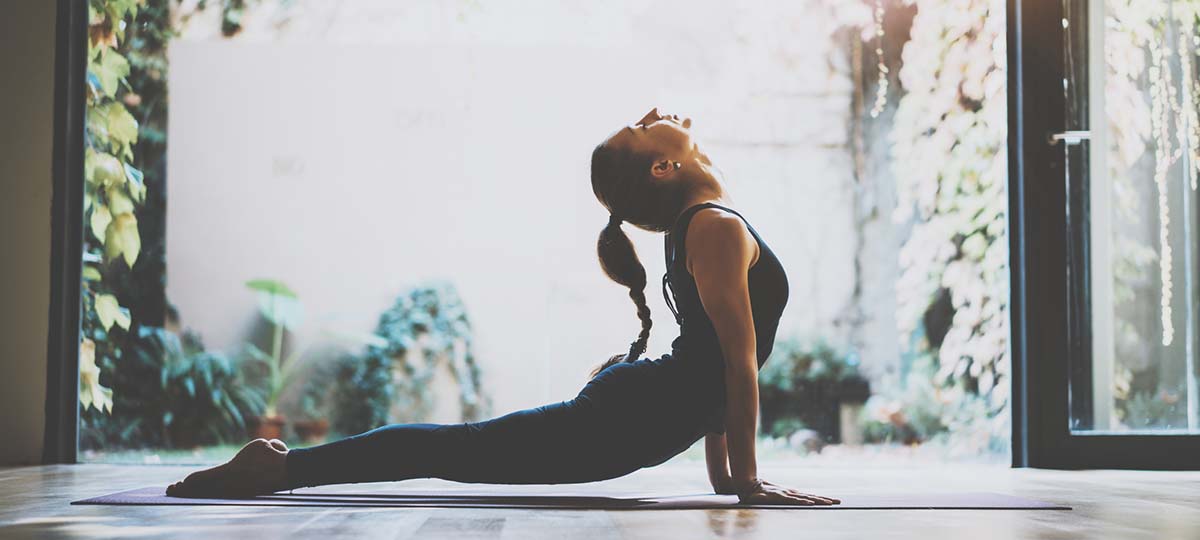Continuing Education
Smart Marketing With Social Media
Learn how to use social media to grow your business.
Discover tips to help you maintain your passion for massage therapy profession, while also taking care of yourself.
November 15, 2011

Take a peak at your appointment book. If you have realized it or not there are a few reoccurring names. Actually, you should see more than a few. According to the 2011 Massage Profession Report, “Repeat clients make up the majority of appointments, in fact around 72 percent!” Retaining these clients is extremely important and one way to ensure your practice consistently meets their needs is simple. Ask them.
Creating a client satisfaction survey is one of the easiest ways to certify the best customer service possible. Asking your clients to engage in constructive criticism about your practice may be just what you need to learn how to differentiate yourself from the competition and ensure they keep coming back.
The information may prove invaluable and allow you to determine which methods of marketing you should invest more time and money in. If many people answer they would recommend you to friends and family perhaps offer a percentage off their next massage if the person they referred you to schedules an appointment.
Another outcome may be you have to rethink how you sell your packages, should there be a greater discount if they schedule their massages in the next three months or less if they spread it out throughout the year. It’s really up to you how you interpret the results of your survey.
As a massage therapist you spend a lot of time standing and working hard to provide the best possible care for your clients. Exploring new ways to restore and rest your body allows for you to continuously practice with a clear mind and strong body. Restorative yoga is a great way to balance physiological and mental rest. “The goal is to promote deep physiological relaxation, a state where the body is at ease physically and the mind is not stimulated,” says Lisa Sandquist, a restorative yoga instructor in Chicago, IL.
“Restorative yoga is a quiet and introverted practice where the student uses props to place the body in poses to minimize muscle tension and maximize physical comfort,” says Lisa Sandquist, restorative yoga instructor. Restorative yoga incorporates forward bends, back bends, twists, and inversions to move the spin in all directions. “What differs from a traditional yoga class is the use of props: bolsters, blankets, blocks and straps as well as emphasized quiet, comfort, stillness, stretching and movement as each movement is held anywhere from three to 30 minutes,” explains Sandquist.
Staying still for that long may sound intimidating, but if you have participated in a yoga class before you may agree the savasana (corpse pose) is your favorite pose in class and the cause of many yoga comas.
Restorative yoga poses manipulate the body so its “rest and digest” mode dominates. “In this mode, our bodies are able to absorb nutrients and digest food, repair injured muscles and tissue as well as ease fatigue, relieve stress, recover from illness, build energy, and allow for reproduction,” explains Sandquist.
She also says all restorative poses are beneficial to health and can reduce the effects of stress-related disease. Studies have found restorative yoga poses trigger the parasympathetic nervous system (PNS) unlike active forms of yoga. The PNS is the part of the nervous system that functions to slow the heart rate and increase intestinal and gland activity (digest mode).
“I would describe yoga as ‘conscious relaxation’ because the body is positioned so the muscles relax and the mind quiets,” says Sandquist. Try these poses Sandquist suggest to relieve sore legs, feet and arms, as well as to reduce fatigue and lower blood pressure. “Incidentally, all of the props needed for these poses are usually readily available in a studio or spa!” adds Sandquist.